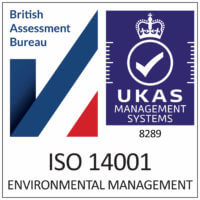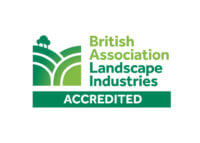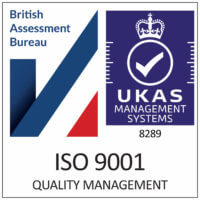Improving Soil Structure with Enriched Topsoil
Nov 10th 2023
Enriched topsoil can be a game-changer when it comes to improving soil structure. By infusing an extra dose of nutrients and organic matter into the top layer of soil, this magical mixture creates a fertile foundation for healthy plant growth. With its ability to retain moisture, enhance drainage, and promote microbial activity, enriched topsoil is not only a friend to farmers and gardeners but also an essential ally in combating erosion and improving overall soil health.
Benefits of Enriched Topsoil
Enriched topsoil offers numerous benefits, making it a valuable resource for enhancing soil structure and promoting healthy plant growth. Here are some of the key advantages of using enriched topsoil in your gardening or agricultural endeavors:
Increase in Organic Matter
Enriched topsoil contains a higher concentration of organic matter compared to regular soil. Organic matter is crucial for soil fertility as it provides essential nutrients to plants, improves water retention, and enhances microbial activity. When you incorporate enriched topsoil into your land, you introduce a rich source of organic matter that nourishes the soil and supports the growth of plants.
Improved Soil Structure
One of the primary benefits of enriched topsoil is its ability to improve soil structure. Soil structure refers to how individual soil particles are arranged and how they interact with each other. Soil with good structure allows for adequate air and water movement, root penetration, and nutrient availability. Enriched topsoil promotes the development of larger soil aggregates, helping to create a well-structured soil that is ideal for healthy plant growth.
Understanding Soil Structure
Before delving into the benefits of enriched topsoil, it is essential to have a good understanding of soil structure and its significance in plant growth.
Importance of Soil Structure
Soil structure plays a vital role in plant development and overall soil health. Good soil structure allows for proper root growth, formation of water channels, and movement of air. It ensures that water can infiltrate the soil adequately, prevents waterlogging, and promotes healthy drainage. Additionally, well-structured soil allows roots to penetrate easily, enabling plants to access nutrients and minerals necessary for their growth. By focusing on improving soil structure, you can create an environment that is conducive to optimal plant growth and development.
Factors Affecting Soil Structure
Several factors influence soil structure, including the type of soil, its texture, and the amount of organic matter present. The presence of clay particles tends to promote smaller soil aggregates, while sand particles result in larger aggregates. The ideal soil structure is known as a crumb or granular structure, where soil aggregates are loose, friable, and well-connected. To maintain or improve soil structure, it is crucial to consider these factors and implement suitable soil management practices.
What is Enriched Topsoil?
Enriched topsoil is a specially formulated soil mix that contains higher levels of organic matter and essential nutrients compared to regular topsoil.
Methods for Improving Soil Structure Using Enriched Topsoil
Enriched topsoil can be utilized in various ways to enhance soil structure and create an optimal growing environment for plants. Here are some common methods:
Traditional Tilling
Traditional tilling involves mechanically breaking up the soil using tools like plows or tillers. This method is commonly used in large-scale agricultural operations as well as home gardening. When incorporating enriched topsoil through traditional tilling, it is essential to till the soil thoroughly to ensure even distribution of the enriched topsoil. This helps in mixing the organic matter with the existing soil, enhancing its structure and increasing nutrient availability.
No-Till Farming
No-till farming, as the name suggests, involves minimum disturbance to the soil. Instead of tilling, farmers directly plant crops into the existing vegetation or into small slits made in the soil. Enriched topsoil can be spread on the surface and incorporated through natural processes like earthworm activity or microbial breakdown. No-till farming preserves the soil structure, reduces erosion, and promotes the growth of beneficial soil microorganisms.
Cover Cropping
Cover cropping involves growing a specific type of plant, known as cover crops, during fallow periods or as intercrops alongside main crops. These cover crops help protect the soil from erosion, increase organic matter, and improve soil structure. Enriched topsoil can be utilized to prepare the soil before cover cropping, providing a fertile base for the cover crops to grow and thrive. The cover crops, when subsequently incorporated into the soil, add organic matter, promote water retention, and enhance soil structure.
Mulching
Mulching involves covering the soil surface with a layer of organic materials. Enriched topsoil can be spread as a layer before mulching to introduce additional nutrients and organic matter to the soil. The mulch layer helps conserve soil moisture, suppress weed growth, prevent erosion, and improve soil structure over time as it decomposes. As the mulch breaks down, it gradually enriches the soil with organic matter, promoting optimal soil structure and nutrient availability.






